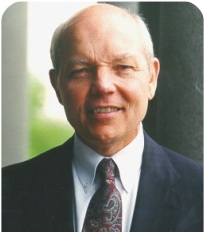![]()

|
|
|
|
![]()
![]()
On January 1, 2000,
the world was stunned by the impact of the Y2K bug -- the minimal impact,
that is. After all, so many people had been so worried. For months before
the eve of the New Millenium, we heard sober-minded anxieties of how numerous
simultaneous computer failures might impact our infrastructure. Others
added some hysteria to the mix, predicting apocalypse, social upheaval,
and disaster. Still others said nothing, but dug large holes in the ground
and hid in them with hefty amounts of non-perishable goods. Very few came
out to say, "Forget about it; nothing will happen."
After the fact, it seems as if that last piece of advice was right for the average person to follow. Certainly, lots of potential problems, and some real problems, did exist. In fact, in the years leading up to 2000, many systems were tested and failed. And, in the New Year, some systems still failed, some with potentially serious consequences. But, these failures were isolated, manageable events, a testament to the concerted effort of an enormous coordinated partnership -- an exercise in reinvention par excellence. Business and governments the world over invested in fixing their systems. They cooperated to share information about where the problems were, where they weren't, and how to fix them. And, while the credit for this success is shared among many, one person unquestionably deserves the lion's share. That person is John Koskinen, Chair of the President's Council on Year 2000 Conversion.
I had the privilege of sitting down for a chat with John Koskinen on February 25, 2000, and it wasn't surprising to learn that he used the principles of reinvention to defeat the "Millenium Bug." After all, he coordinated reinvention efforts for the White House Office of Management and Budget, so he looked to these principles first. In league with his partners (including roughly 170 countries), Mr. Koskinen proved, among other things, that the government can, in his words, "do a first class job."

